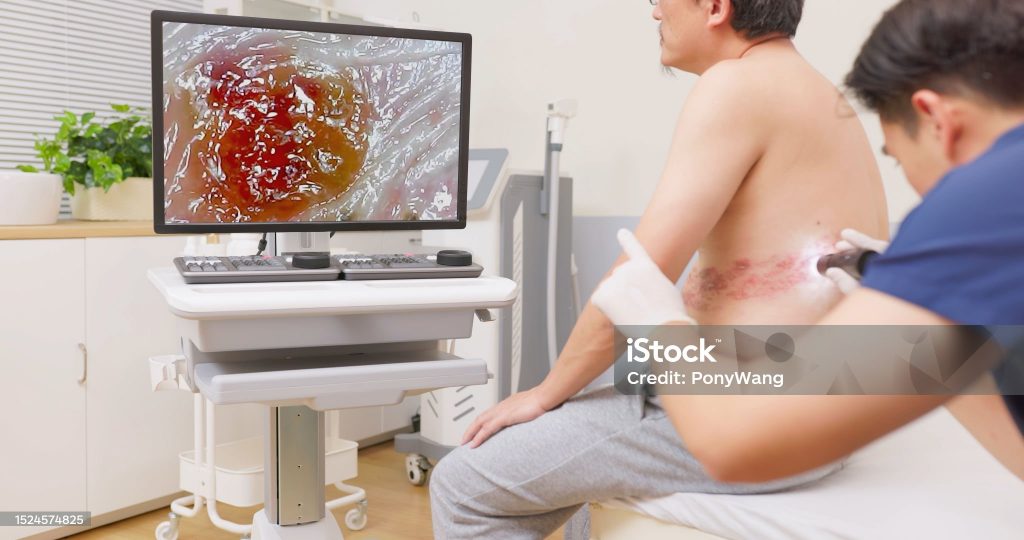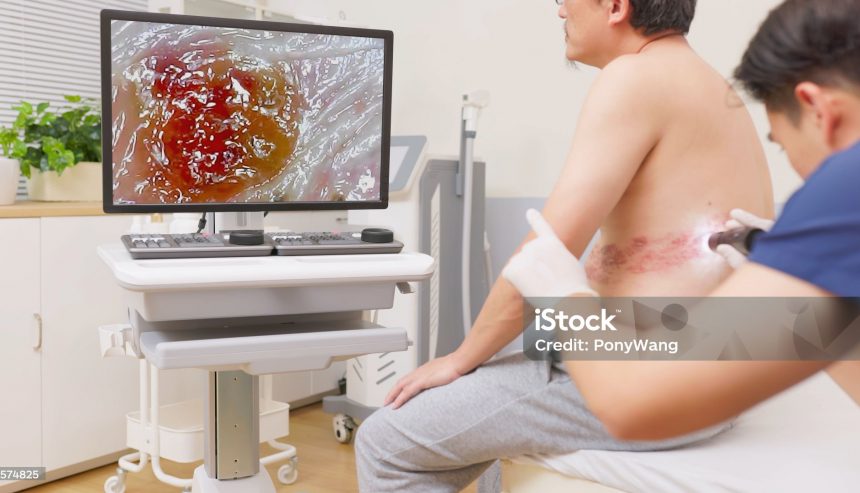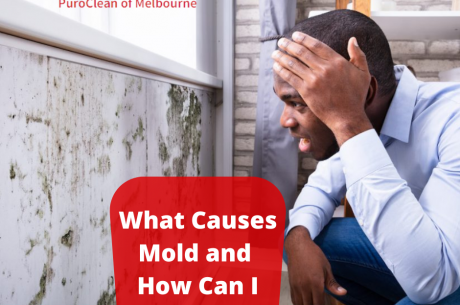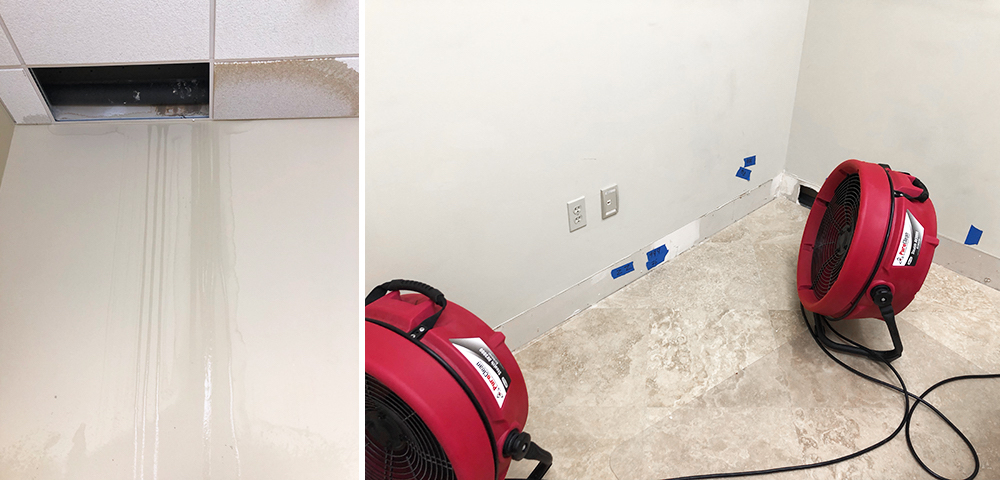Shingles, a painful viral infection, is a common health concern in Melbourne, Florida. While stress and a weakened immune system are often associated with shingles, recent studies have explored a potential link between mold exposure and the development of this debilitating condition. In this comprehensive guide, we will delve into the relationship between mold and shingles, examining the evidence, risk factors, and preventive measures specific to the Melbourne community. Epstein-Barr virus, shingles, streptococcus, vertigo, chronic sinusitis, and many other autoimmune disorders (and their typical symptoms) are often triggered by toxic substances such as arsenic or toxic mold.

Understanding Shingles
Shingles, also known as herpes zoster, is caused by the varicella-zoster virus, the same virus that causes chickenpox. After a person recovers from chickenpox, the virus remains dormant in the body’s nerve cells. Years later, under certain conditions, the virus can reactivate, causing shingles. Symptoms typically include a painful, blistering rash that often appears on one side of the body.
The Role of Mold Exposure in Melbourne
Melbourne’s humid climate and proximity to water bodies can create ideal conditions for mold growth. This makes mold exposure a significant concern for residents in the area. While the exact mechanisms connecting mold exposure to shingles are still being investigated, several theories have emerged:
- Weakened Immune System: Mold exposure can compromise the immune system, making individuals more susceptible to viral infections like shingles.
- Neurological Effects: Some studies suggest that mold toxins can affect the nervous system, potentially reactivating the varicella-zoster virus.
- Chronic Inflammation: Mold exposure has been linked to chronic inflammation, which can create a favorable environment for the virus to thrive.
Evidence Supporting the Connection
While more research is needed to establish a definitive causal link between mold and shingles, several studies have provided evidence supporting the association. Local residents in Melbourne may be interested to know that recent studies conducted in Florida have found a correlation between high levels of mold exposure and increased rates of shingles.

Risk Factors for Mold-Related Shingles in Melbourne
Several factors may increase an individual’s risk of developing shingles after exposure to mold in Melbourne:
- Age: Older adults are more likely to develop shingles, as their immune systems naturally weaken with age.
- Underlying Health Conditions: People with weakened immune systems due to chronic illnesses, such as HIV/AIDS or cancer, may be more susceptible to shingles.
- Stress: Emotional stress, common in the fast-paced environment of Melbourne, can impair the immune system and increase the risk of shingles.
- Mold Exposure Duration: Prolonged exposure to mold, especially in homes and businesses in Melbourne, may increase the risk of developing shingles.
Preventing Mold and Shingles in Melbourne
To reduce your risk of both mold exposure and shingles in Melbourne, consider the following preventive measures:
- Mold Remediation: If you suspect mold growth in your Melbourne home or workplace, seek professional mold remediation services from PuroClean of Melbourne. Our experts can identify and address mold issues, ensuring a healthier living environment.
- Maintain Indoor Air Quality: Improve indoor air quality in your Melbourne home by regularly cleaning and ventilating your space. Consider using air purifiers or dehumidifiers to help control moisture levels.
- Manage Stress: Practice stress-reduction techniques, such as meditation, yoga, or spending time outdoors in Melbourne’s beautiful parks.
- Get Vaccinated: The shingles vaccine, Shingrix, is recommended for adults aged 50 and older. It can significantly reduce the risk of developing shingles and its complications.
Facts About Shingles and Mold
Shingles
- Viral Infection: Shingles is caused by the varicella-zoster virus, the same virus that causes chickenpox.
- Reactivation: After a person recovers from chickenpox, the virus remains dormant in the body’s nerve cells. Years later, under certain conditions, the virus can reactivate, causing shingles.
- Symptoms: Shingles typically cause a painful, blistering rash that often appears on one side of the body.
- Risk Factors: Age, weakened immune system, stress, and mold exposure are potential risk factors for shingles.
- Prevention: The shingles vaccine, Shingrix, is recommended for adults aged 50 and older.
Mold
- Fungus: Mold is a fungus that can grow in damp, warm conditions.
- Health Concerns: Mold exposure can cause various health problems, including respiratory issues, allergies, and potentially shingles.
- Risk Factors: High humidity, poor ventilation, water leaks, and flooding can contribute to mold growth.
- Prevention: To prevent mold growth, maintain good indoor air quality, address water leaks promptly, and ensure proper ventilation.
Note: While research suggests a potential link between mold exposure and shingles, more studies are needed to establish a definitive causal relationship.
Restoration Services Provided by PuroClean of Melbourne
Conclusion
Mold exposure is a concern for many residents in Melbourne, Florida. While the exact relationship between mold and shingles is still under investigation, the available evidence suggests a potential link. By understanding the risk factors and taking preventive measures, you can reduce your chances of developing this painful condition. If you have concerns about mold exposure or shingles, consult with a healthcare professional or contact PuroClean of Melbourne for expert assistance.
Mold, Fire, and Water damage restoration service in Melbourne, Florida?

MORE INFORMATION BELOW:
Service options: Online estimates · Onsite services
Located in: Coastal Technology Center
Address: 739 North Dr, Melbourne, FL 32934
Hours: Open 24 hours




 PuroClean of Melbourne
PuroClean of Melbourne